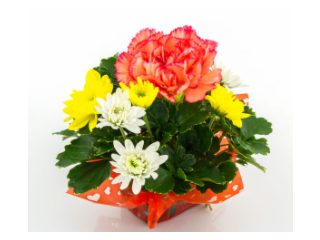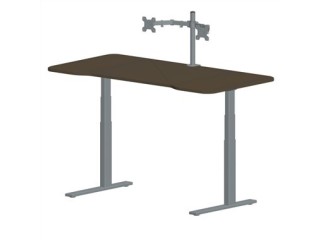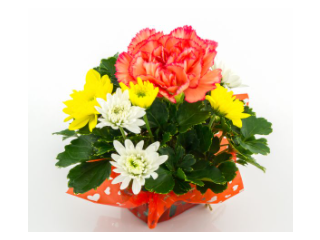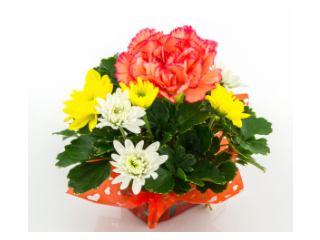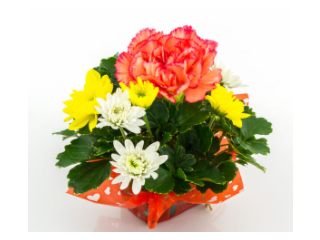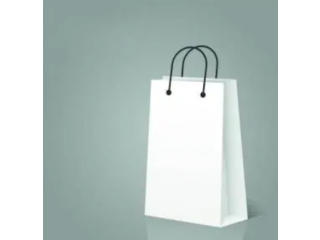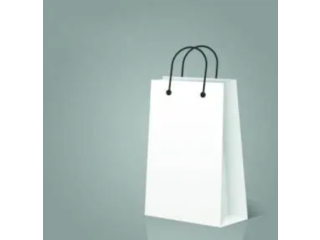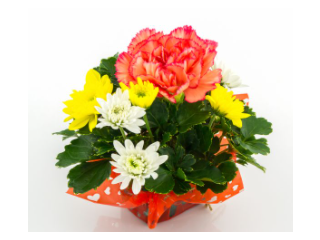A Short Article on Mechanical Fasteners Aziendale
2 years ago Industriale Agrigento 288 Visto Reference: 60Location: Agrigento
Prezzo: Contattaci
A Short Article on Mechanical Fasteners
A mechanical fastener is a device that is used to mechanically join (or fasten or affixes) two or more objects together. In general, fasteners are used to create non-permanent joints; that is, joints that can be removed or dismantled without damaging the joining components.
A welding joint or riveted joint can be termed as a permanent joint, which if required to be removed tends to damage or destruct both the joining components as well as the joint itself.
Mechanical fasteners are usually made of stainless steel, carbon steel, or alloy steel. There are many different types of mechanical fasteners being used in many different industry sectors. Some of them that are extensively being used in the process piping industry will be detailed out in this article.
Bolts
Bolts are mechanical fasteners used for the assembly of two non threaded components, with the aid of washer and nut. A bolt has a head on one end and threads on the other end. When the objects are fastened, the bolt holds the objects together, and washer and nut fasten from the other end that holds it firmly.
Bolted joint is a combination of the nut applying an axial clamping force and the plain non threaded length (known as shrank) of the bolt pinning the joint against sideways shear forces. The non threaded grip length should be chosen carefully, to be around the same length as the thickness of the material and washers through which the bolt passes. An overly long non threaded length prevents the nut from being tightened down correctly. An insufficient non threaded length results in the threads extending into the hole, and places the shear load onto the threads, which may cause wear on the hole. No more than two turns of the thread should be within the hole.
Screws
Screws, similar to bolts, have head on one end and threads on the other end. However, screws usually have longer threads than bolts, also they can be made with slotted heads. Screws are used in components which contain their own thread or the screw may even cut its own internal thread into them. Screws are used to fasten objects by digging in and wedging into a material when turned, while the thread cuts grooves in the fastened material that may help pull fastened materials together and prevent pull-out.
A screw will usually have a head on one end that allows it to be turned with a tool. The head is usually larger than the body of the screw, which keeps the screw from being driven deeper than the length of the screw and to provide a bearing surface. The cylindrical portion of the screw from the underside of the head to the tip (known as the shank) may be fully threaded or partially threaded.
In the industry, Bolt and Screw are commonly mixed terms so sometimes you will see something that is called a screw or a bolt that is actually the opposite. Bolts are termed as headed fasteners consisting consistent external threads so as they would only get fitted with a non-tapered nut. On the other hand, Screws are headed; externally-threaded fasteners that don’t get fitted with a non-tapered nut and are usually get fitted into the material they generally hold. A screw must always be turned to assemble the joint whereas bolts are held fixed in place during assembly by a tool and only the corresponding nut is turned.
There are many different types of bolts and screws where each is suitable for different types of applications. The figure below shows some of the most commonly used types of bolts and screws.


